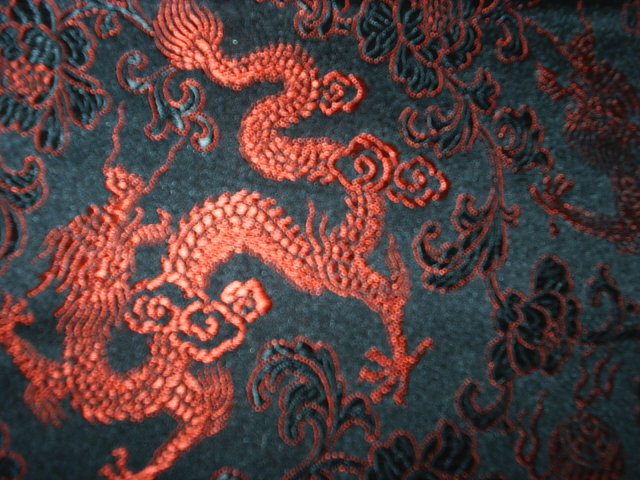
Su Xiu appeared in the Northern Song Dynasty (960-1127). According to historical records, Su Xiu was so popular in the Song dynasty that people even gave their lanes names connected with silk and embroidery. Almost every family raised silkworm and embroidered. Su Xiu reached its peak in the Qing Dynasty.
Su Xiu has a wide range of themes. Its techniques include single face embroidery and unique double-face embroidery, which looks the same from either side. Simple composition, clear theme, vivid image, and gentle color are the basic features of delicate Su Xiu. Now it even absorbs some Western painting techniques.
Yue Xiu is also called "Cantonese Embroidery" for it is produced in Guangdong Province. It is said that it was created by a minority people in the middle and at the end of the Ming Dynasty (1368-1644). A variety of threads are used in Yue Xiu, including thread twisted from the peacock quill and down thread from the horsetail. The whole piece looks splendid, bright in color with gold thread. Themes like "A Hundred Birds Displaying Homage to The Phoenix" are always employed in Yue Xiu.
Xiang Xiu came into being in the later Qing Dynasty, which combines the merits of Su Xiu and Yue Xiu with its local flavor. Actually, Xiang (the short name for Hunan Province) has had a long history with local embroidery. Archeologists have discovered fine silk embroidery items in the Chu and Han Tombs, both of which date back to more than 2,000 years ago.
